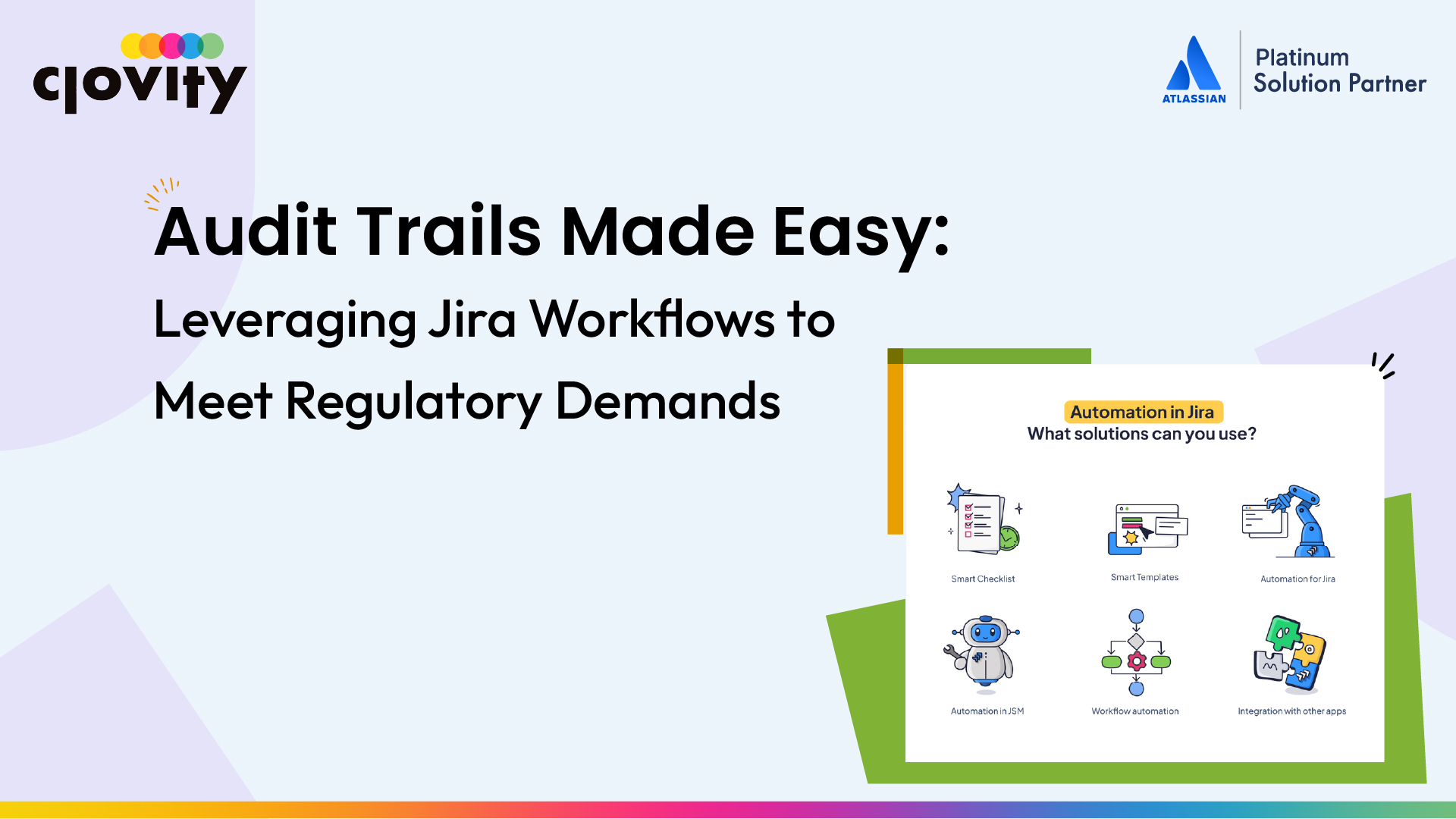Audit trails are a non-negotiable requirement for teams working within regulated environments. Whether you’re operating under FedRAMP, NIST, HIPAA, or internal governance frameworks, the ability to prove what was done, by whom, and when is essential. For many organizations, the challenge isn’t doing the work—it’s documenting it in a way that’s consistent, trackable, and report-friendly. That’s where Jira workflows provide real value.
What Is an Audit Trail in the Context of Jira?
An audit trail in Jira refers to the systematic capture of every change, approval, and decision made on a work item—from creation to closure. This includes:
-
Status changes
-
Field updates
-
User actions
-
Time logs
-
Linked documentation
-
Comment history
-
Approvals and sign-offs
By using Jira as more than just a task tracker, organizations can ensure that every step of the process is logged and traceable.
Why Workflows Matter for Compliance
A Jira issue isn’t just a ticket—it’s a record. When workflows are configured intentionally, they help ensure that every action aligns with policy. Here’s how:
-
Mandatory Approvals Before Progression
Transitions can be gated so an issue cannot move forward without sign-off from designated roles, ensuring accountability and preventing control bypasses. -
Required Fields on Status Change
You can require specific fields—such as a security review checklist or document upload—before an issue moves from “In Review” to “Approved.” -
Enforced Separation of Duties
Workflow conditions can block a user from approving their own work, supporting internal control practices. -
Date and Time Logging
Each status change and field update is automatically timestamped and attributed to a user, supporting audit requirements for traceability.
Example: Jira Workflow for Change Management
A typical regulated change-management workflow might include these stages:
-
Draft
Work is scoped and labeled with a compliance flag (e.g., “Security Review Required”). -
Pending Review
Documentation and assessments are attached. -
Approved
Transition is blocked unless all required approvals are present. -
Scheduled for Deployment
Links to deployment plans or pull requests. -
Completed
Change deployed; issue includes reference to logs or artifacts. -
Closed
Final review and post-deployment notes.
Every movement between these stages is recorded, forming the foundation of the audit trail.
Reporting & Dashboards
Jira dashboards give real-time visibility into compliance metrics:
-
How many issues are waiting for review?
-
Are there tasks stuck due to missing documentation?
-
Who approved the last 10 security-sensitive changes?
-
Which issues closed without meeting compliance workflow requirements?
These views empower managers, compliance officers, and auditors with up-to-date insights—no manual data gathering required.
Built-In Integrity
Unlike shared folders or email chains, Jira’s audit history:
-
Cannot be edited retroactively
-
Reflects real user actions
-
Is visible to authorized roles only
-
Can be exported for audit records
This level of integrity and immutability is hard to replicate with manual tracking.
Benefits Beyond Audits
Implementing compliance-focused workflows in Jira doesn’t just smooth audit cycles—it cultivates a culture of consistency and accountability. Teams understand expectations, reviewers can find approvals quickly, and organizations gain confidence that they can demonstrate compliance at any time.
Conclusion
When designed with audit trails in mind, Jira workflows do more than move tasks—they bake compliance into everyday operations. The result is a traceable, structured process that satisfies both internal policies and external regulatory frameworks.
Contact us at sales@clovity.com or visit atlassian.clovity.com to get started today.


